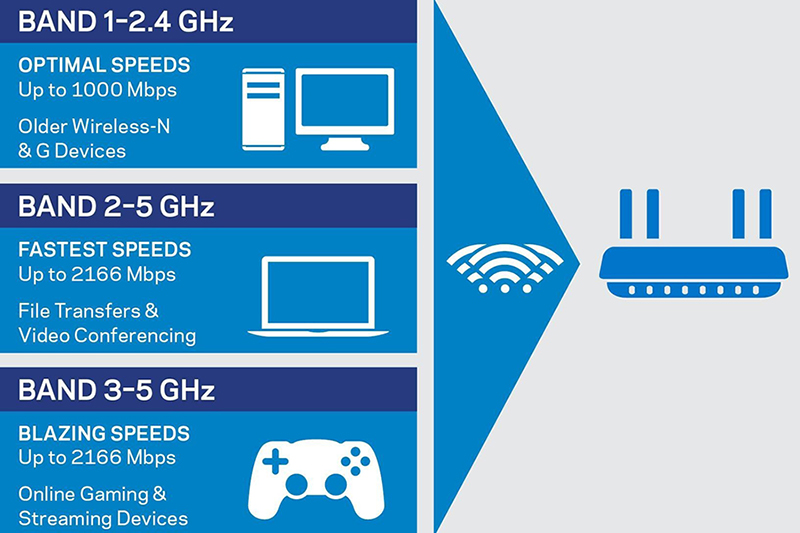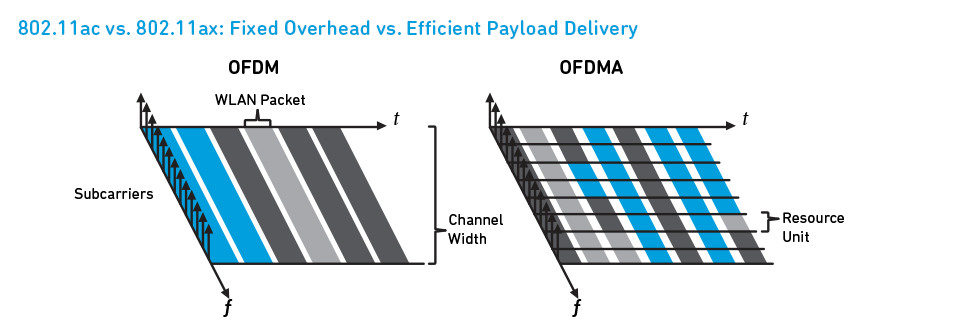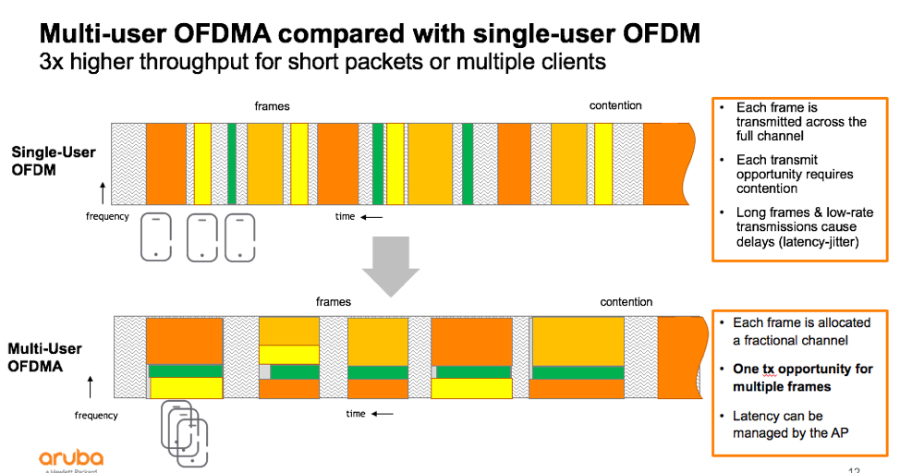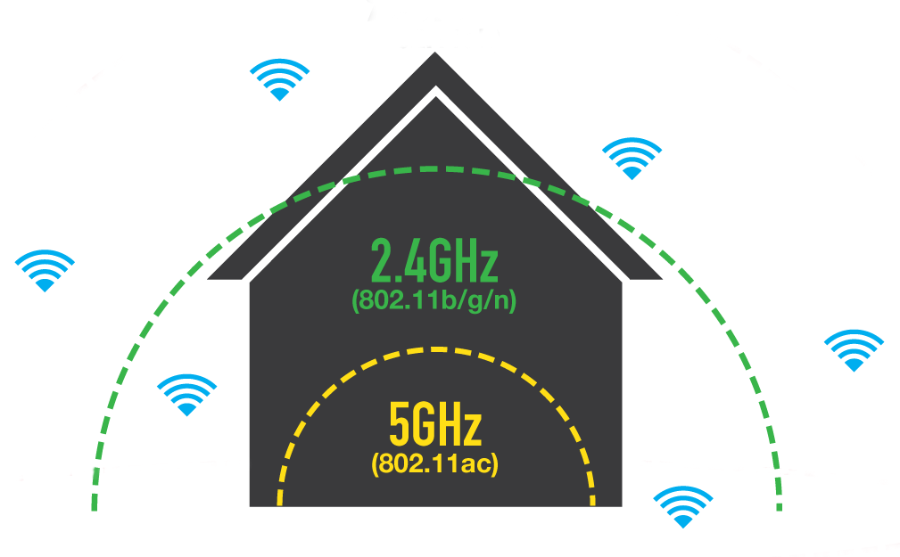Wait, another new wireless standard?
Just when everyone has hopped onboard 802.11ac, we now have a new wireless standard to contend with. But if 802.11ax is all that it is made out to be, the switch would be worth it.
Shortcomings of 802.11ac

802.11ac routers are fast but they are not ideal for situations where there are many, many client devices.
802.11ac does a number of things well but it is bad at some others. Speed, for instance, isn’t its biggest problem. 802.11ac can actually deliver very fast Wi-Fi speeds. The fastest 802.11ac routers today can deliver speeds of up to 2,167Mbps on a single 5GHz network.
The biggest problem that it faces is congestion that occurs because of the sheer number of connected devices that we have today. Today, the average number of connected devices per household is around 20. This includes devices like your desktops, notebooks, phones, tablets, webcams, TVs, media streaming boxes, smart home sensors, and more. And analysts believe it could double in the next two years. Just ask yourselves, how many devices do you really have connected to your router via Wi-Fi?
The high number of connected devices puts a severe strain on a router’s performance. This is because today's routers can typically only transmit or receive signals at any one time. This is why performance degrades rapidly as more devices are connected to the router. The router has to divide its time up amongst more connected devices and the ‘wait’ to get served by the router becomes longer as more and more devices join the network. This is why Wi-Fi slows to a crawl in crowded spaces like offices, airports, and stadiums.
Doesn’t MU-MIMO in 802.11ac solve this?

So how does 802.11ax solve this?

802.11ax is all about increasing capacity rather than increasing peak speed.
Like 802.11ac, 802.11ax will operate in the 5GHz spectrum. It will support up to 160MHz channels giving each 802.11ax stream a maximum theoretical bandwidth of 3.5Gbps. This compares favorably to the maximum bandwidth of a single 802.11ac stream which is just 866Mbps. 802.11ax routers that support up to four streams could, therefore, provide a maximum theoretical bandwidth of up to 14Gbps! Real-world performance would probably be nothing close to these figures but this is still a massive improvement over existing 802.11ac routers.


In plain English, it simply means that 802.11ax routers can combine transmissions and send data to multiple devices simultaneously. Compared to most 802.11ac routers which can only send data to a single device at any one time, you can see that 802.11ax routers are going to be a lot more efficient.Here's an analogy. Today's routers are akin to delivery trucks that can only carry a single package and therefore can only make one delivery per trip. 802.11ax routers, on the other hand, are delivery trucks that can carry multiple packages and can, therefore, make multiple deliveries every trip. No prizes for guessing which is more effective.
What about MU-MIMO in 802.11ax?
802.11ax will support MU-MIMO too and it will do so on both downlink and uplink transmissions.
How is MU-MIMO different from OFDMA?
OFDMA allows far more efficient use of channel bandwidth whereas MU-MIMO allows the router to dedicate separate spatial streams to different devices. The two technologies can work together in 802.11ax routers to allow it to serve much more devices than your typical 802.11ac router can.
Range Comparison between ac and ax?

No matter what, the range of 2.4GHz networks will always be greater.
802.11ax works in the 5GHz and 2.4GHz spectrum so range would be largely better than 802.11ac simply because of support of 2.4GHz. In the faster 5GHz spectrum, we should see 802.11ax provide about the same range as 802.11ac - 5GHz waves can only travel so far because the laws of physics are immutable. Let’s not forget, with the right mix of devices you can still achieve very good speeds over 2.4GHz.

